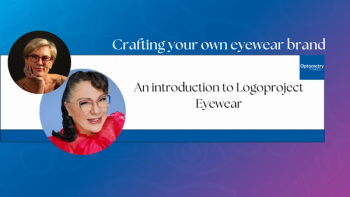
Many patients don’t understand electronic lab results
A study from the University of Michigan found that many patients do not understand the significance of lab results that they receive electronically.
Ann Arbor, MI-
Patients are increasingly receiving test results outside of their doctor’s office as more doctors adopt
The research team conducted an Internet survey asking more than 1,800 adults ages 40-70 to respond as though they had type 2 diabetes-nearly half of who did have the disease. The respondents were given displays showing test results for hemoglobin A1c as well as other blood tests. Participants were also given tests to measure their comprehension of numerical concepts and literacy skills.
According to researchers, people with low comprehension of numerical concepts and low literacy skills were less than half as likely to understand whether a lab result was inside or outside the reference ranges. As a result, they were also less able to use the results to decide whether or not they should call their doctor.
“We can spend all the money we want making sure that patients have access to their test results, but it won't matter if they don't know what to do with them,” says Brian Zikmund-Fisher, associate professor of health behavior and health education at the UM School of Public Health. “If we can design ways of presenting test results that make them intuitively meaningful, even for people with low numeracy and/or literacy skills, such data can help patients take active roles in managing their health care. In fact, improving how we show people their health data may be a simple but powerful way to improve health outcomes.”
Newsletter
Want more insights like this? Subscribe to Optometry Times and get clinical pearls and practice tips delivered straight to your inbox.















































.png)


